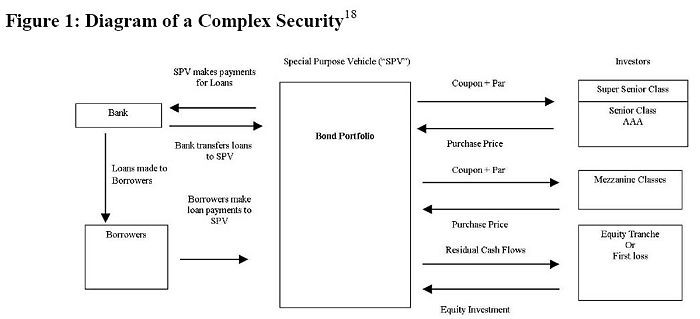Structured Investments Structured Investments
Post on: 20 Июль, 2015 No Comment

About Structured Investments
Structured investments link fixed income notes and CDs to the performance of equities, commodities, currencies or other assets. They may offer full or partial principal protection, pay a variable amount at maturity, or pay a coupon linked to a specific security or index with principal at risk. Subject to the terms and risks contained within the offering documents, structured investments may include counterparty risk, market risk and foreign currency risk. Structured investments are typically comprised of a bond component and an option component, packaged as one instrument for the investor.
Instruments
Some of the most commonly used instruments in structured investments are certificates of deposit issued by the FDIC insured banks and senior unsecured notes of the structured investments issuers. A structured Certificate of Deposit issued by a bank is generally insured by the FDIC up to $250,000 per depositor, subject to FDIC rules. Investors should refer to the respective offering documents for further information. Selling a FDIC insured product prior to maturity may result in loss of principal.
Performance
The performance of a structured investment is what makes it unique from a direct investment in the underlying asset(s). The performance is characterized by what is often called the option component of the structured investment. The structured investments performance may replicate the buying and or selling of options with customized and often complex features. These features are meant to tailor the payout to a specific market view and level of risk.
Performance can be characterized in terms of market view (e.g. bullish, bearish, market neutral), degree of principal protection (e.g. full, partial and none) and investment objective (income, capital appreciation, etc.).
From the structured investment buyers perspective, it is important to bear in mind that no purchase or sale of options takes place, only the purchase of a CD or a note with performance characteristics similar to those of options.
Underlying Asset(s)
The performance of the structured investment is a function of the performance of the underlying asset(s). Each of these underlying assets carry corresponding risk, such as market risk, interest rate risk and foreign currency risk. Some examples of underlying assets are:
- Equities (single stocks, baskets of stocks and indices)
- Interest Rates (individual rates and differentials between interest rates)
- Commodities (single commodities, baskets of commodities and indices)
- Inflation (Consumer Price Index)
- Currencies (single currencies and baskets of currencies)
The Structured Investment: Sum of the Parts
The possible combinations of structured investments are almost as numerous and diverse as the market views and risk/return profiles of the multitude of investors that use them. Generally, for every advantage a structured investments performance has (relative to a direct investment in the underlying), there will be some trade-off or corresponding risk that the investor will need to accept. For example, in order to create a principal protected CD linked to an equity index, the investor will typically have to forgo dividends paid on the stocks in the index, in addition to some portion of any appreciation in the index.














